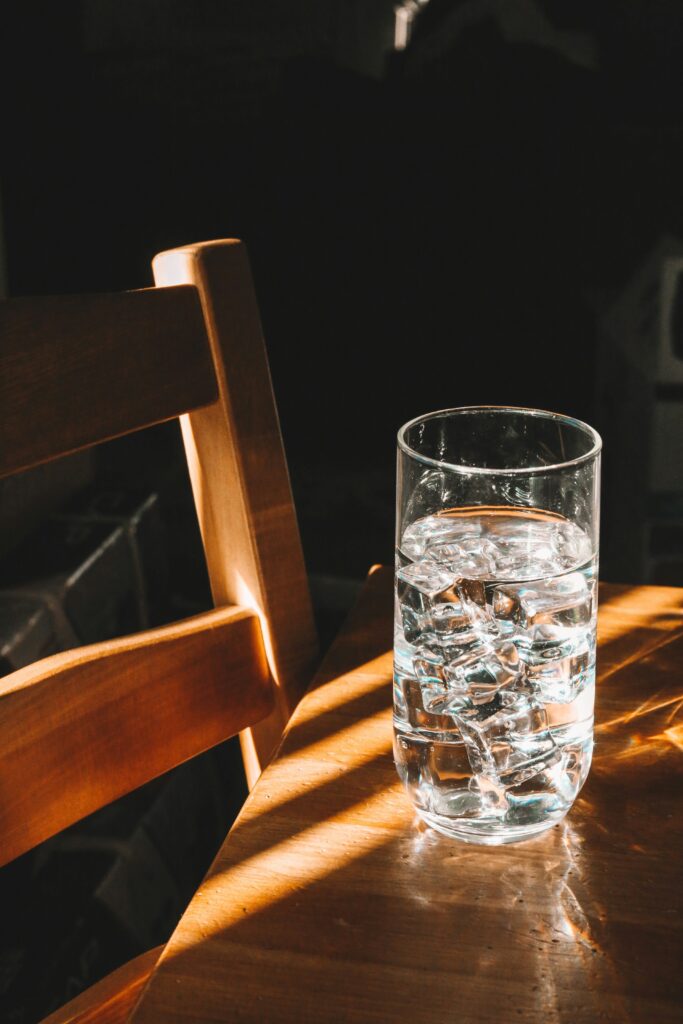By Mercedes Quintanilla.
The WELL Building Standard is a metric for buildings and organizations to provide environments that enhance the health and well-being of the occupants. The standard includes 10 concepts, this time I am going to review the Water concept.

Goal
The aim of the water concept is to give access to high-quality water.
Background.
– The human body is made up of 2/3 water.
– It is the means for the transport of nutrients and waste throughout the body and helps regulate the internal temperature of the body.
– The US National Academies of Sciences, Engineering, and Medicine have determined that an adequate daily fluid intake is:
About 15.5 cups (3.7 liters) of fluids a day for men
About 11.5 cups (2.7 liters) of fluids a day for women
– Many parts of the world have seen dramatic improvements in the quality of drinking water over the past century, resulting in massive reductions in the prevalence of infectious diseases.
– Water containing high levels of nitrate, for example, can affect oxygen transport in babies, and lead exposure can affect children’s neurological development.
– Some of the chemicals used to disinfect drinking water can react with natural organic matter, producing byproducts that have been linked to reproductive diseases and cancer.

Requirements.
– Water supply that meets turbidity and coliform standards is required for all water that may come in contact with building occupants, as well as performance monitoring through on-site testing.
– Projects must provide potable water that meets chemical thresholds set by regulatory and research organizations.
– It is necessary to proactively test drinking water and manage the colonization of Legionella (bacteria found naturally in fresh water, such as lakes and streams.)
– Projects will provide drinking water that meets chemical thresholds for aesthetic and taste reasons.
– A prior test of the water quality indicators must be carried out to establish treatment requirements and frequent monitoring.
– Keep drinking water dispensers readily available.
– Techniques must be developed to reduce the occurrence of inadvertent water and, when present, manage it through inspections and selection of materials.
– Bathrooms must be adapted and equipped correctly for people with different needs.
– Implement a safety plan when capturing and using non-potable water within the project limits to ensure efficient water management.

Read the Comments +